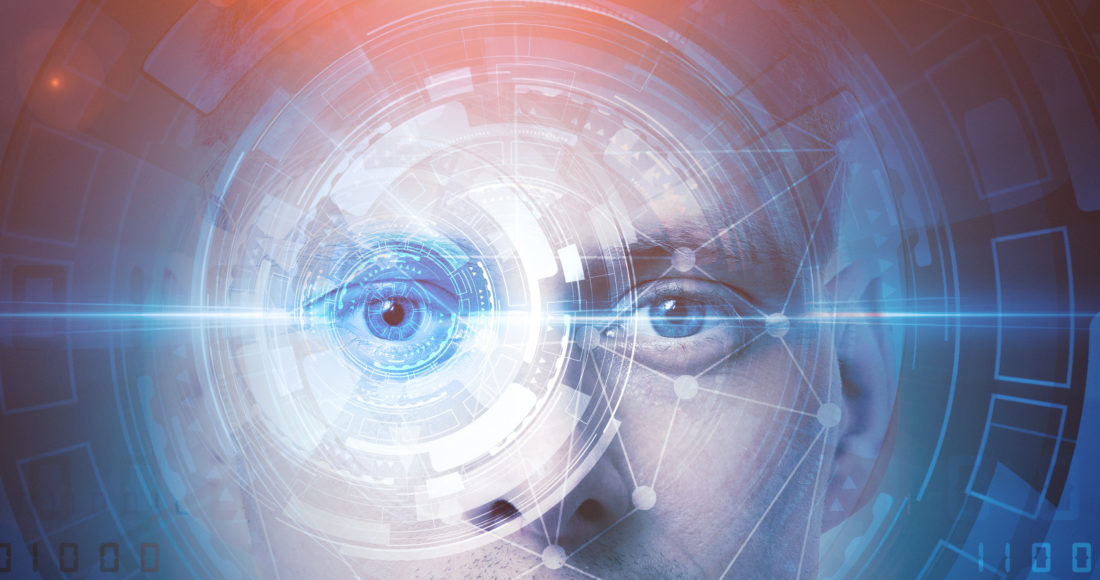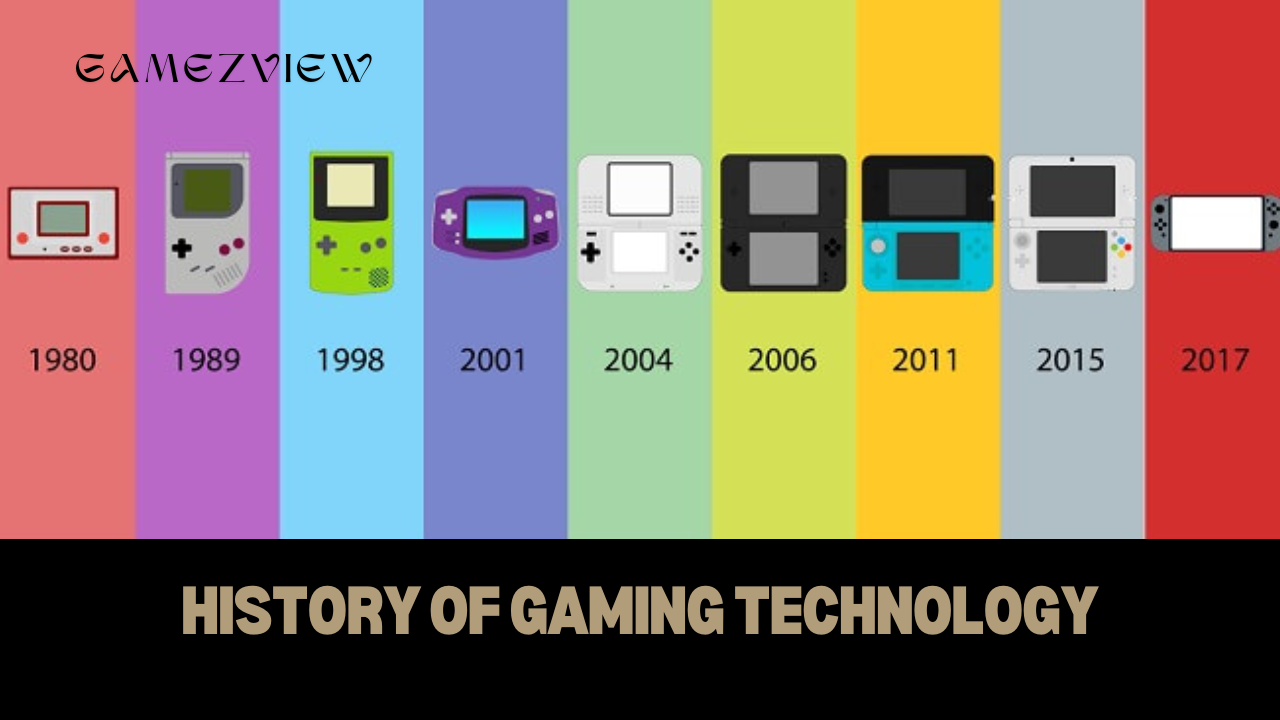Facial recognition technology (FRT) is rapidly becoming a prominent tool in various sectors, from law enforcement to retail, healthcare, and personal devices. The technology, which identifies or verifies individuals by analyzing their facial features, has sparked considerable debate due to its potential benefits and risks. This article delves into the pros and cons of facial recognition technology, exploring its impact on privacy, security, and society as a whole.
Understanding Facial Recognition Technology
Before examining the pros and cons, it is essential to understand how facial recognition technology works. FRT involves capturing an image of a person’s face and analyzing it using algorithms that measure specific features, such as the distance between the eyes, the shape of the nose, and the contours of the jawline. This data is then compared to a database of known faces to identify or verify the person.
There are two primary types of facial recognition:
- Verification: This process involves comparing a live image to a stored template to confirm identity. For example, unlocking a smartphone with a facial scan.
- Identification: This process involves scanning an image and comparing it against a database of faces to identify an individual. This method is often used in law enforcement and surveillance.
With the basics of facial recognition technology established, let’s explore its advantages and disadvantages.
The Pros of Facial Recognition Technology
1. Enhanced Security
One of the most significant benefits of facial recognition technology is its ability to enhance security. FRT is widely used in public spaces, airports, and border control to identify potential threats. The technology can quickly scan large crowds and match faces against watchlists, helping authorities identify and apprehend criminals or terrorists.
In addition to public safety, facial recognition technology is increasingly being used in private security systems. Businesses and homeowners are integrating FRT into their security measures to monitor access to buildings, protect sensitive information, and prevent unauthorized entry. The ability to recognize individuals in real time adds a layer of security that traditional methods, such as passwords or keycards, cannot provide.
2. Convenience and Efficiency
Facial recognition technology offers a high level of convenience and efficiency, particularly in the context of authentication and access control. For example, unlocking a smartphone using facial recognition is faster and more convenient than entering a password. Similarly, employees can gain access to secure areas without needing to carry physical keys or cards, reducing the risk of lost or stolen credentials.
In the retail sector, facial recognition can streamline the shopping experience. Some stores use FRT to identify returning customers and personalize their shopping experience, offering tailored recommendations and promotions. This not only enhances customer satisfaction but also increases sales and brand loyalty.
3. Improved Law Enforcement and Crime Prevention
Facial recognition technology is a powerful tool for law enforcement. It enables authorities to quickly identify and track suspects, making it easier to solve crimes and locate missing persons. In some cases, FRT has been used to apprehend criminals who have evaded capture for years.
Moreover, the use of facial recognition in public spaces can act as a deterrent to crime. Knowing that they are being monitored, potential offenders may be less likely to engage in criminal activities. This preventive aspect of FRT contributes to overall public safety.
4. Applications in Healthcare
Facial recognition technology is finding applications in the healthcare sector as well. Hospitals and clinics are using FRT to improve patient identification, ensuring that the right treatment is given to the right person. This is particularly important in emergencies where a patient may be unconscious or unable to communicate.
Additionally, FRT can be used to monitor patient’s conditions by analyzing facial expressions for signs of pain or discomfort. This can help healthcare providers deliver more personalized and timely care, ultimately improving patient outcomes.
5. Supporting Financial Transactions
In the financial sector, facial recognition technology is being used to enhance the security of transactions. For instance, some banks are integrating FRT into their mobile apps, allowing customers to authenticate transactions with a facial scan. This method offers a higher level of security compared to traditional passwords or PINs, reducing the risk of fraud.
Furthermore, FRT can be used in ATMs to verify the identity of users, reducing the likelihood of unauthorized access to accounts. This added layer of security is particularly valuable in an era where cyber threats are increasingly sophisticated.
6. Enhancing Customer Experience in Retail and Hospitality
In the retail and hospitality industries, facial recognition technology can significantly enhance the customer experience. Hotels, for example, can use FRT to recognize returning guests, allowing for a more personalized and seamless check-in process. This technology can also be used to tailor services and offers based on the preferences of returning customers.
In retail, FRT can help stores provide personalized shopping experiences. By recognizing a customer’s face, stores can offer product recommendations based on previous purchases, create customized offers, and even provide faster checkout experiences. This level of personalization can lead to increased customer satisfaction and loyalty.
7. Improving Airport and Border Security
Airports and border control agencies around the world are increasingly adopting facial recognition technology to streamline and secure the process of identity verification. FRT can significantly speed up the check-in and boarding process, reducing wait times for passengers while maintaining high-security standards.
For instance, some airports use facial recognition to match passengers’ faces with their passports during boarding, ensuring that the person boarding the plane is the same as the person who checked in. This not only enhances security but also improves the efficiency of airport operations.
8. Streamlining Access Control in Secure Environments
In environments where security is paramount, such as government buildings, research facilities, and military bases, facial recognition technology can provide a reliable method of access control. FRT can ensure that only authorized individuals gain access to restricted areas, reducing the risk of security breaches.
This technology is particularly valuable in situations where traditional access control methods, such as keycards or passwords, may be compromised. Facial recognition provides a non-intrusive and efficient way to maintain high-security standards.

The Cons of Facial Recognition Technology
1. Privacy Concerns
One of the most significant drawbacks of facial recognition technology is the potential invasion of privacy. The widespread use of FRT, particularly in public spaces, raises concerns about mass surveillance and the erosion of individual privacy rights. Critics argue that the ability to track and monitor individuals without their consent violates basic privacy principles.
Moreover, the collection and storage of facial data pose risks to personal privacy. If this data is not adequately protected, it could be accessed by unauthorized parties, leading to identity theft or other malicious activities. The lack of transparency in how facial data is collected, stored, and used further exacerbates these privacy concerns.
2. Risk of Misidentification
Despite advances in technology, facial recognition systems are not infallible. There is a risk of misidentification, where the system incorrectly matches a face to the wrong person. This can have serious consequences, particularly in law enforcement, where a false match could lead to wrongful arrests or other legal issues.
Misidentification is more likely to occur in certain demographics. Studies have shown that facial recognition systems tend to be less accurate in identifying people of colour, women, and younger or older individuals. This bias in FRT can result in discriminatory practices and further marginalize vulnerable populations.
3. Potential for Abuse
The use of facial recognition technology also raises concerns about potential abuse by governments, corporations, or other entities. In authoritarian regimes, FRT could be used to monitor and suppress political dissent, track activists, or target specific groups. The ability to track individuals in real time without their knowledge or consent could lead to widespread human rights violations.
In the corporate sector, there is a risk that facial recognition technology could be used for unethical purposes, such as monitoring employee behaviour or collecting consumer data without consent. The potential for abuse highlights the need for clear regulations and oversight to ensure that FRT is used responsibly.
4. Security Vulnerabilities
While facial recognition technology is often touted as a secure method of authentication, it is not without its vulnerabilities. Hackers and cybercriminals may attempt to exploit weaknesses in FRT systems, such as spoofing attacks where a person’s face is mimicked using photos, videos, or masks. If successful, these attacks could compromise the security of sensitive information or unauthorized access to secure areas.
The storage and transmission of facial data also present security risks. If facial data is not encrypted or stored securely, it could be accessed by malicious actors, leading to potential breaches and identity theft. The growing reliance on FRT in critical systems underscores the importance of robust security measures to protect against these vulnerabilities.
5. Ethical Concerns
The ethical implications of facial recognition technology are a significant concern. The use of FRT raises questions about consent, autonomy, and the balance between security and individual rights. For example, is it ethical to use facial recognition in public spaces where individuals may not be aware they are being monitored? Should individuals have the right to opt out of facial recognition systems, and if so, how can this be implemented?
Additionally, the potential for bias in facial recognition systems raises ethical concerns. If FRT is less accurate for certain groups, its use could perpetuate inequality and discrimination. The ethical considerations surrounding FRT highlight the need for careful consideration and regulation to ensure that the technology is used in a way that respects human rights and dignity.
6. Impact on Civil Liberties
The widespread adoption of facial recognition technology has raised alarms about its impact on civil liberties. The ability to monitor individuals’ movements and activities in real time can have a chilling effect on freedom of expression and assembly. People may be less likely to participate in protests, political activities, or other public events if they fear being tracked or identified through facial recognition.
In some cases, facial recognition technology has been used to target activists or political opponents, raising concerns about its use as a tool for repression. The potential for FRT to infringe on civil liberties underscores the need for robust legal frameworks and safeguards to protect individual rights.
7. High Implementation Costs
Implementing facial recognition technology can be expensive, particularly for large-scale systems used in public spaces or by government agencies. The cost of acquiring the necessary hardware, software, and infrastructure, as well as maintaining and updating the system, can be prohibitive for some organizations.
In addition to the initial costs, there are ongoing expenses associated with managing and securing facial data, ensuring compliance with regulations, and addressing potential legal challenges. For businesses or government agencies with limited budgets, the high costs of implementing FRT may outweigh the potential benefits.
8. Public Resistance and Lack of Trust
The use of facial recognition technology has faced significant public resistance in some regions, particularly where there is a lack of transparency or regulation. Concerns about privacy, security, and potential misuse have led to protests, legal challenges, and calls for bans or restrictions on FRT.
Public resistance is often fueled by a lack of trust in how facial recognition data is collected, stored, and used. Without clear regulations and assurances that FRT will be used responsibly, the public may be reluctant to accept its widespread adoption. Building trust and transparency around the use of facial recognition technology is essential for its long-term success.
9. Regulatory Challenges
The rapid advancement and adoption of facial recognition technology have outpaced the development of comprehensive regulations. In many regions, there is a lack of clear legal frameworks governing the use of FRT, leading to inconsistencies in how the technology is applied and protected.
The absence of robust regulations raises concerns about accountability and oversight. Without clear guidelines, there is a risk that facial recognition technology could be used in ways that infringe on individual rights or lead to abuse. Developing and implementing regulations that balance the benefits of FRT with the need to protect privacy and civil liberties is a significant challenge.
10. Bias and Discrimination
One of the most troubling aspects of facial recognition technology is its potential to reinforce bias and discrimination. Studies have shown that facial recognition algorithms are often less accurate in identifying people of colour, women, and other marginalized groups. This bias can lead to wrongful identifications, discriminatory practices, and the further marginalization of already vulnerable populations.
The issue of bias in FRT highlights the need for more research and development to improve the accuracy and fairness of these systems. It also underscores the importance of involving diverse stakeholders in the development and deployment of facial recognition technology to ensure that it does not perpetuate existing inequalities.

Facial recognition technology is a powerful tool with the potential to enhance security, improve convenience, and support various sectors, including law enforcement, healthcare, and finance. However, its use also raises significant concerns about privacy, security, ethics, and civil liberties. The potential for abuse, misidentification, and discrimination underscores the need for careful consideration, robust regulations, and ongoing oversight to ensure that FRT is used responsibly.
As facial recognition technology continues to evolve, it is essential to strike a balance between its benefits and the protection of individual rights. Policymakers, technologists, and society at large must work together to develop frameworks that ensure the ethical and equitable use of FRT, while also safeguarding privacy and civil liberties. Only by addressing these challenges can we harness the full potential of facial recognition technology in a way that benefits society as a whole.




